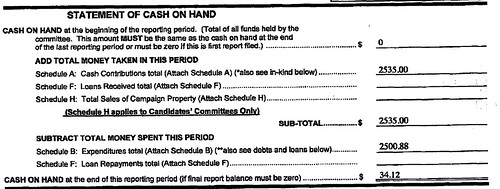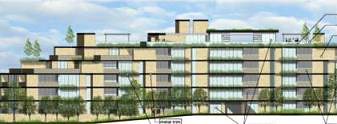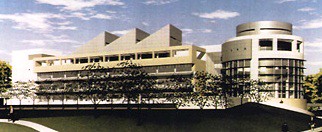Until the 2011 special election no candidate in University Heights had ever had to file a finance  report with the Iowa Campaign and Ethics Board, because no one had ever had spent over the state regulated $750 limit.
report with the Iowa Campaign and Ethics Board, because no one had ever had spent over the state regulated $750 limit.
In a report filed today, November 3, 2011, WeR4UH has raised $3,290.00 for the 2011 campaign and through October 19th had spent $1,593.00. Their major expenditure was for 300 yard signs.
In addition to the above, four separate committees for Hopson, Leff, Stewart, and McGrath have also been created. These individual groups, will not have to report if they EACH stay under the $750 limit.
To see all contributors and expenses so far, download the filed
We Are For UH Election Report
For the 2011 Special Election the Committee to Elect Rosanne Hopson raised $2,535 and spent $2,500
To see all contributors and expenses, download the filed
Hopson Special Election Report
We believe that spending $5,825 dollars for two elections, plus potentially up to $3,000 more ( from the 4 individual candidates) in a single year is too much.
As this blog shows, the candidates of "We Are University Heights Moving Forward" have tried to be informative and creative in explaining the complicated issues in this city election to members of our community.
What may not be quite so obvious is that we have also made a conscious effort to be frugal.
The decision for the five of us to work together in this election was not taken lightly. When it became apparent that we were faced with an organized, well funded campaign, we made a commitment to
form a single group and not exceed the $750 expense limit that would require documenting expenditures and donations. We did this, not because we didn't want to disclose this information, but because
our belief was that spending the equivalent of no more than 75 cents per resident was appropriate. We also consciously limited contributors to University Heights residents.
Our biggest expense has been 50 yard signs at $6 each.
However, the cornerstone of our campaign effort costs nothing. We have been going out door to door to residents and talking with them, as campaigns in a small town should. When demand for yard signs exceeded what was available, we took and re-made old signs left over from earlier elections. We have printed our own materials. We have used "free" media such as this blog to express, expand and illuminate upon the ideas and facts behind the issues. Through these efforts we have tried to give as much detail as possible in order for U-H citizens to make informed decisions.
We have tried to campaign in a cost-conscious way. These skills should come in handy as we govern in the future, given the city's tight budget. We hope that you appreciate those efforts.









